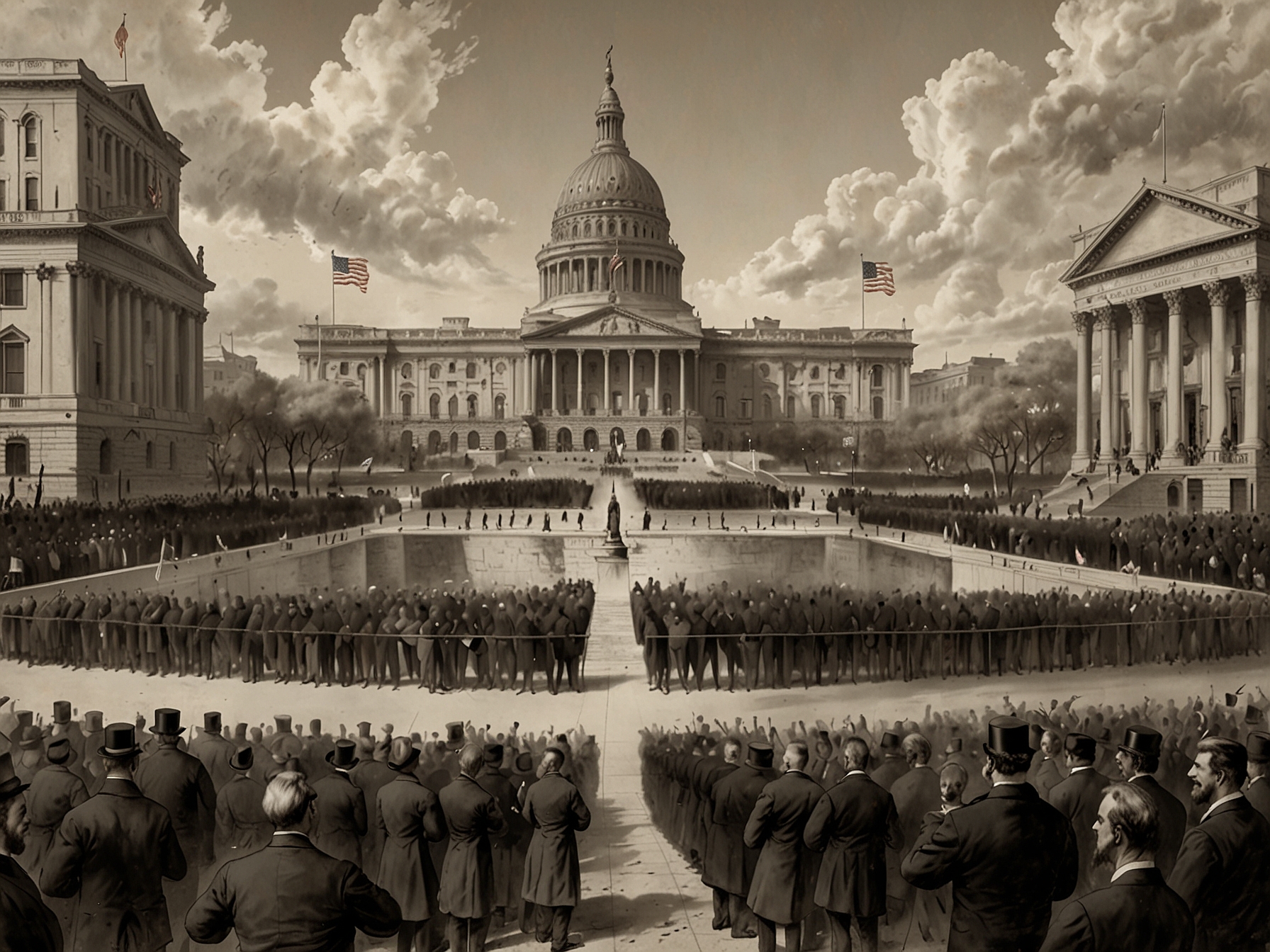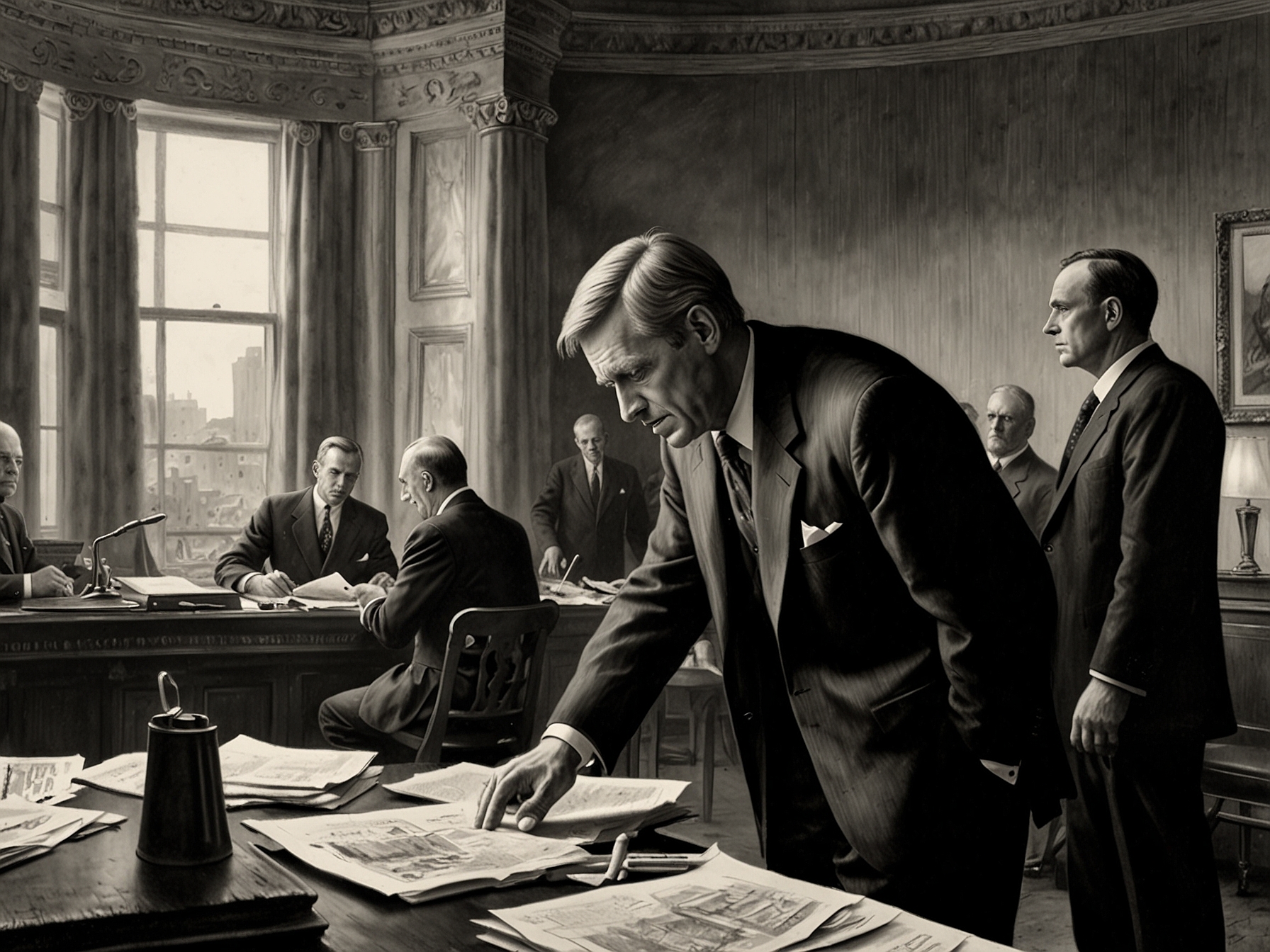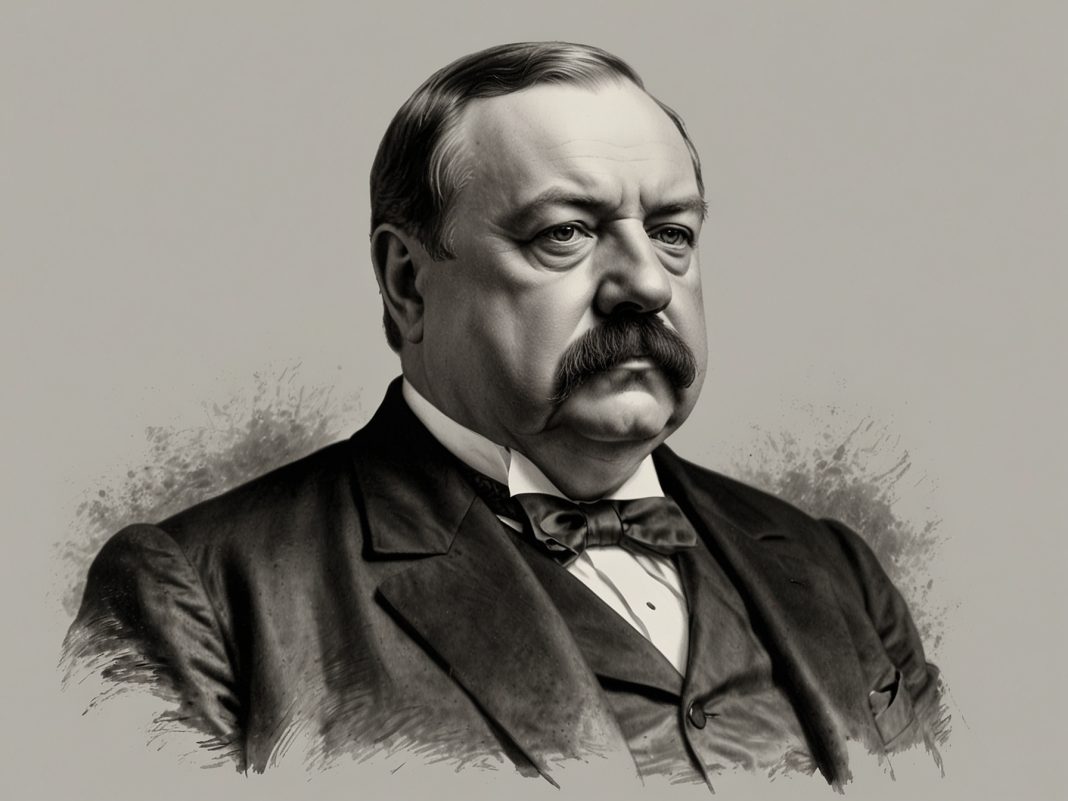Grover Cleveland’s unique place in history captivates. He is the only U.S. president to serve two nonconsecutive terms. But what does that really mean for America?

His first term began in 1885. It was characterized by bold reforms. Cleveland tackled corruption and fought for civil service reform. Yet, his decisions were often contentious, and many called him too honest for politics.
After losing the election to Benjamin Harrison, Cleveland returned. His comeback in 1892 surprised many. He addressed the economic depression head-on during his second term, and critics questioned his leadership style.

So, how did he achieve this rare feat? Cleveland’s resilience is noteworthy. He faced challenges with a distinct principled approach. In a world of shifting allegiances, his steadfastness stands out.
Cleveland also highlighted the divide in American politics. His Democratic views clashed with the rising populist sentiment. This tension exemplifies an ongoing struggle in the American political landscape.

What if he hadn’t returned to power? Would the political shifts have altered history? These questions remain and invite us to reflect on leadership qualities essential for progress.
With all this in mind, Cleveland’s legacy endures. Contemporary leaders can learn from his ideals. Resilience and integrity matter. Likewise, confronting challenges with courage and conviction is vital.

Cleveland’s story inspires debate today. It reveals the complexities of U.S. history and our leadership journey, reminding us about the importance of personal principles in politics.




